 |
|
||||||
 |
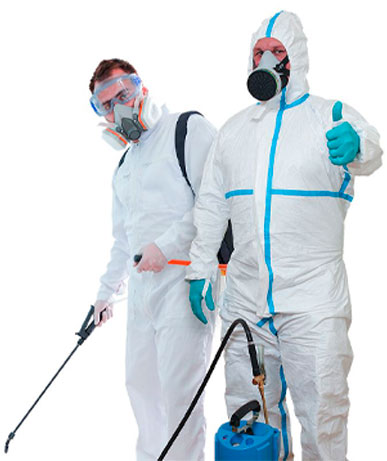 |
 |
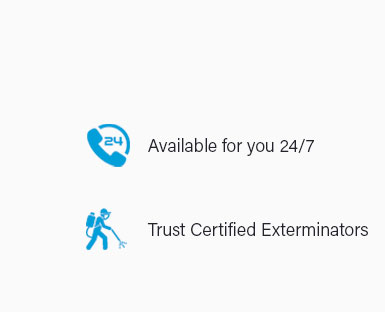 |
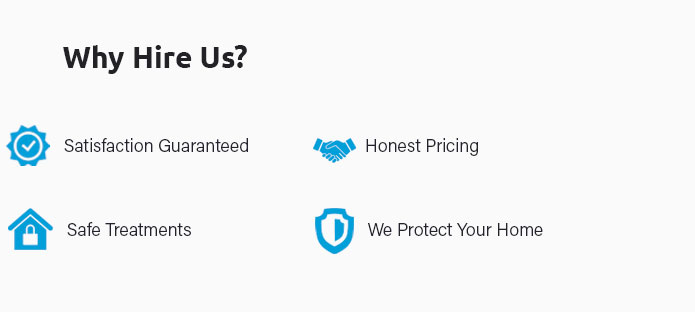 |
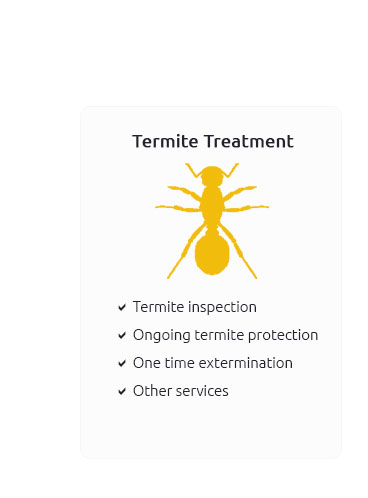 |
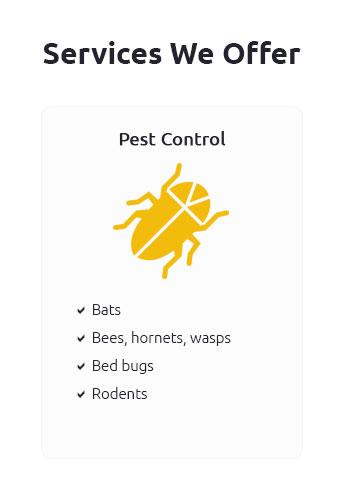 |
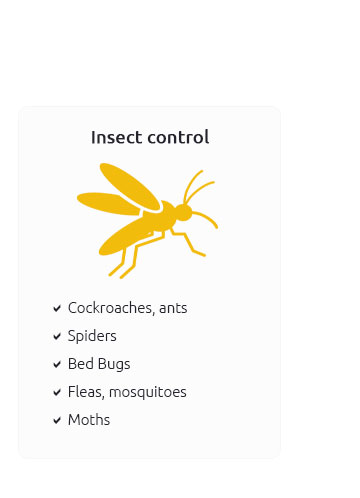 |
 |
 |
 |
 |
 |
|
Conquer your pest challenges with unparalleled precision-our commercial pest control solutions are not just services; they are a promise of safety, reliability, and peace of mind, transforming your business environment into a fortress against unwanted invaders; with cutting-edge technology and industry-leading expertise, we don't just control pests, we eliminate them, ensuring your operations run smoothly and your reputation remains untarnished, so choose us for a pest-free tomorrow because your business deserves nothing less than perfection.
https://www.orkin.com/commercial
With over 120 years of experience, Orkin's an industry leader in commercial pest control. Make sure your business is protected from pests with help from ... https://www.ecolab.com/solutions/pest-solutions-for-buildings-and-facilities
Ecolab's comprehensive pest control program combines an outside-in approach to pest control with on-site consultation, data-driven reporting ... https://www.terminix.com/commercial/pest-control/
Terminix Commercial Pest Control services include cockroach control, rodent control, bird control, fly control and other pest solutions for businesses.
|



